
OR


Aashish Chalise
The author is CEO of Saral Urja Nepal (SUN), an energy services companynews@myrepublica.com
Nepal Electricity Authority should shift its focus and devise a plan to succeed as a modern utility.
In the midst of every crisis, lies a great opportunity and every crisis adds courage. The world is dealing with an unprecedented health, economic and social crisis in a century. Health systems and businesses are being challenged. The power sector has been hard hit, as demand has fallen globally. Europe’s power prices have collapsed at the heart of the crisis, even turned negative in some countries.
The Nepali power sector has suffered its share as well. It has hurt the most in demand side management. Lack of digital metering, online platform and payment gateway has created a cash flow mismatch. The crisis should be an illustration for NEA of what lies in the future. The crisis has demonstrated critical issues like falling demand and demand supply mismatch.
These issues will continue to persist in the future electricity sector. Distributed generation, energy efficiency, digital technology and distributed virtual power plants will add to the complexity of utilities that lack the infrastructure and operational capacity to handle the new challenges. By the time, the current red ribbon large centralized projects are completed, they will be obsolete and stranded assets. To respond, NEA must shift its focus and devise a plan to succeed as a modern utility.
Recently, NEA presented its five-year financial plan. It proposes to spend a total of four billion USD in the next five years. It is not a surprise that the plan again focuses mainly on generation (only hydro) and transmission. Even after the crisis, NEA’s plan fails to integrate a broader investment strategy that adapts to the evolving technological and behavioral forces that will cause havoc to all utilities in the future. An investment strategy with a plan to convert NEA from a 19th century utility to a modern-day utility would have laid the path for several other institutions to follow.
The explosion of new technologies and consumers’ ability to control/manage their power consumption through help of Internet of Things (IoT) will pose a serious threat to utilities which do not pivot their business and operation model at the right time. A greater risk will come once affordable distributed battery-based storage systems enter the market. A consumer then can manage consumption, generation and distribution of the power supply, a single directional grid power will lose interest, just the poles and the wires will be visible, like the ones of the land line telephones.
For NEA to convert into a modern utility, it must shift focus from only generation and transmission. It must imagine being a technology and data driven modern utility which will be a catalyst and base for new technologies to interact within the electricity systems.
NEA plan should focus as much on the following: Advance controls and communication, Smart metering and billing, Integration of renewable energy, including distributed microgrids, Planning for disruptive load—small scale storage and EV as storage, demand management and energy efficiency. Let me deal with each of these in brief.
Advance controls and communication
An integral part of a modern utility lies in its capability to monitor and remotely control its assets from transmission lines, sub stations, transformers to consumer meters. These systems enable utilities to pinpoint disruptions in the system. It enables them to better forecast generation by integrating weather forecasting mechanism in the system. As more distributed generation feeds into the grid the nature of the grid will convert to multi-dimensional. Control and communication system will enable NEA to better manage the distributed assets. In the future, new controls and communication will assist in managing generation and consumption by providing real time variable pricing.
Smart metering and billing
The current lockdown has illustrated the importance of smart metering and billing system for NEA. NEA is struggling to manage its cash flow because 40 percent of NEA revenue comes from households and almost 100 percent of all citizens are locked in their houses, which has resulted in an increase in electricity consumption of electricity in the households. If NEA had smart metering and billing system installed, collecting monthly tariff would have been smoother. Smart metering not only helps in revenue collection but also provides NEA granular data which will enable them to better manage peak load.
Integration of distributed generation including microgrids
Distributed generation produce electricity at the location of consumption and are generally behind the meter. Like the rest of the world, Nepal will also witness an unprecedented rise. Distributed generation can help utility reduce transmission and distribution losses. These systems will significantly reduce investment for large power systems which has to be built only to manage specific load, for example peaking or reliability.
Microgrids have been synonymous as off-grid power system in Nepal. But in today’s new energy context, they can be more significant than just providing light in rural areas. Since microgrids rely on onsite generation they can perform independently even when the mother power system fails. Microgrid helps in increasing the grid reliability.NEA can only benefit from optimally integrating distributed generation as within its system planning.
Plan for disruptive load, small scale storage and Electric Vehicle (EV) as storage
Managing disruptive load, for example from energy efficiency or intermittent generation, through large centralized hydro plants will be a huge strain to NEA’s budget. Disruptive load could be managed through small scale storage system whether those are behind the meter or behind the transformers. We are at the tipping point of the storage revolution. Once the prices of the batteries fall to a level where it can be comparable with utility pricing, major changes will follow. A strategy to integrate these small-scale storage systems with NEA’s power system would help power system in Nepal be more reliable, affordable, secure, and cleaner.
We do not have a clear policy when it comes to EV charging yet. But now is the time to think of these as movable batteries and as parts of the power system. EV to grid is still at its nascent stage in more advanced countries around the world. But for NEA now is the time to plan to bring it into its power system not just from a transport perspective but as the hidden gem that can act as storage on call.
Demand management and energy efficiency
Demand response programs and a robust energy efficiency program will help NEA in the long run. Many countries already have already implemented demand response pricing, where generation asset is used to respond to demand. Advance controls, communication, and smart meters along with demand response strategy will help NEA become more efficient and reduce cost significantly. Adoption of energy efficiency will offer multiple benefits to NEA and to the consumers. It will help consumers lower their electricity bill while also reducing their electricity footprint.
Now is the right time for NEA to realize that it, as the lead driver of the nation’s growth, must make a great leap forward. A modern NEA will not only survive the disrupting forces but will be the leader in the electricity sector for many years to come.
You could say I will do it tomorrow. But tomorrow will arrive faster than you think. Without a shift in focus today, NEA’s—and by that Nepal’s—future may be at risk.
The author is the CEO of Saral Urja Nepal Pvt Ltd
You May Like This
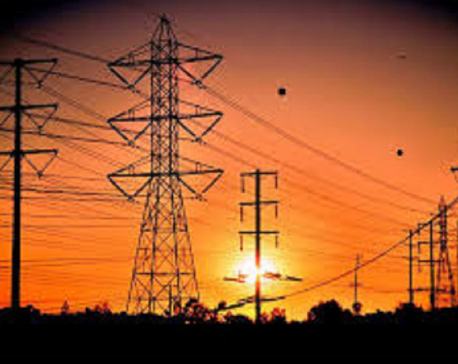
Nepal sales electricity worth Rs 10.39 billion to India in five and a half months
KATHMANDU, Nov 19: Nepal has earned an income of 10.39 billion rupees from electricity export. ... Read More...
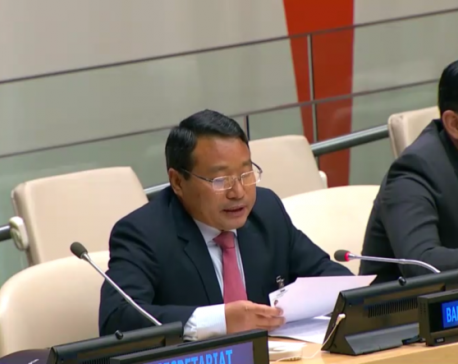
Revision in taxes on electric vehicles and electricity tariff for financing new subsidy package: Energy Minister Pun
KATHMANDU, June 9: The government has defended its controversial decision to hike the taxes on electric vehicles, arguing that it... Read More...
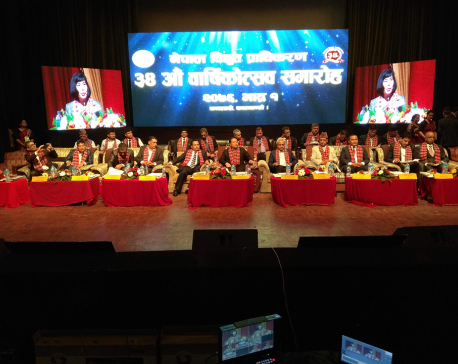
NEA targets to bring down power leakage to 14%
KATHMANDU, Aug 19: Nepal Electricity Authority, the state power authority of Nepal, celebrated its 34th anniversary on Sunday in Kathmandu. ... Read More...




Just In
- NEA Provincial Office initiates contract termination process with six companies
- Nepal's ready-made garment exports soar to over 9 billion rupees
- Vote count update: UML candidate continues to maintain lead in Bajhang
- Govt to provide up to Rs 500,000 for building houses affected by natural calamities
- China announces implementation of free visa for Nepali citizens
- NEPSE gains 14.33 points, while daily turnover inclines to Rs 2.68 billion
- Tourists suffer after flight disruption due to adverse weather in Solukhumbu district
- Vote count update: NC maintains lead in Ilam-2







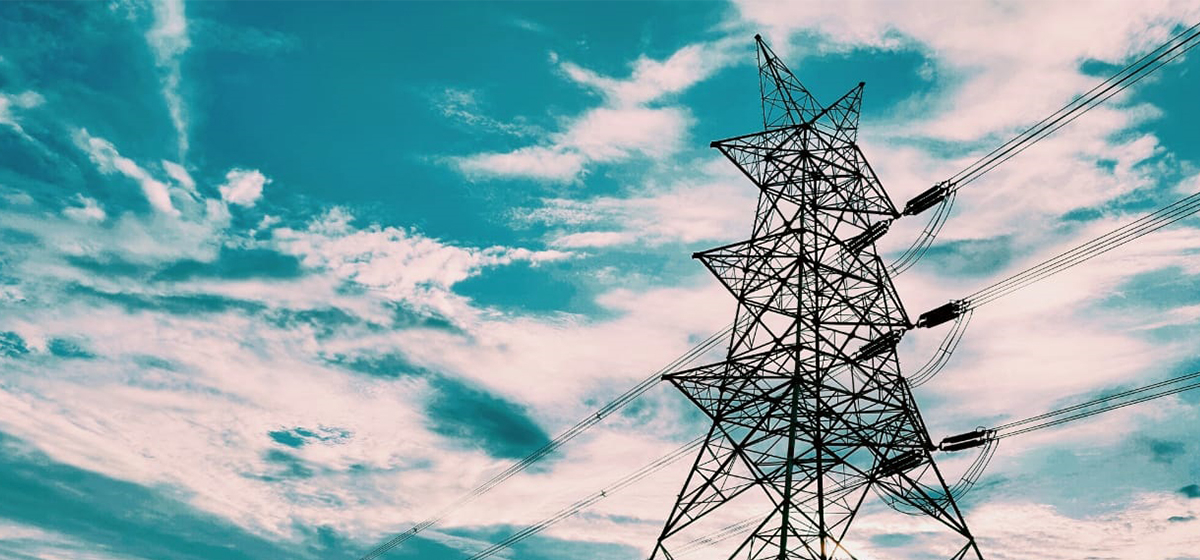





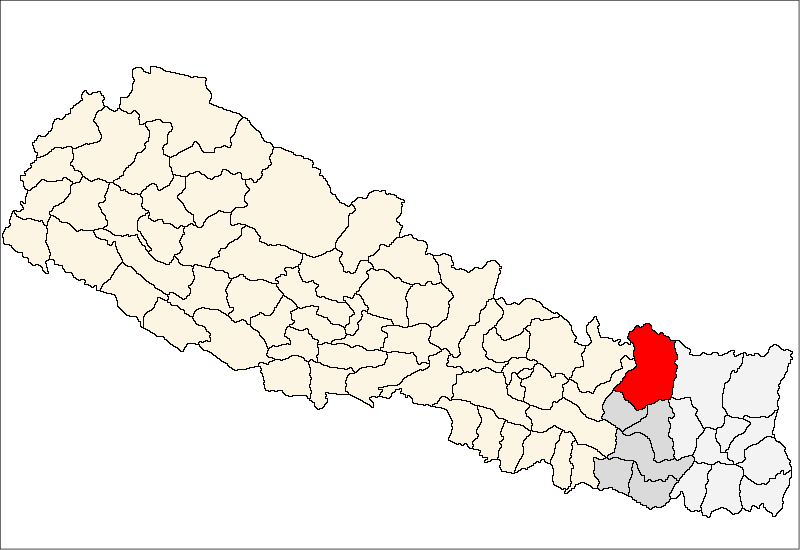
Leave A Comment